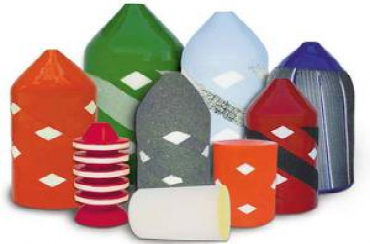Many operators do not understand why pigging—or cleaning—a pipeline is necessary, or the full range of benefits that can be gained from it. They often wait too long between pigging intervals, which may result in lost pumping efficiency and/or increased long term maintenance to the pipeline and downstream equipment. In the worst cases, it may even result in a plugged line. Even before the line becomes completely blocked, it may become extremely difficult to pig, or may even be unpiggable, at least without adding other time consuming and costly measures to the cleaning regimen, such as hot oiling, or heating a crude oil line to melt the buildup of wax.
Maintaining a pipeline pigging program is much like performing the routine maintenance on a car. It is much easier and cost effective to maintain a consistent maintenance schedule, than to wait until the car needs an engine replacement, or a pipeline becomes completely blocked. Much like an automobile, all pipelines are unique and each will require a customized pigging program. Pigs perform myriad services to keep pipeline flow optimized at, or near, 100%.
Consider the analogy of a race car running at 200 mph vs. a passenger car at 60 mph. Standard practice for a family car is to change the tires every 60,000 miles. However, a pit crew working on a race car changes the tires many times during a race that is usually less than 500 miles, based on need. For one track, perhaps, the crew changes tires every 200 laps. On another track of approximately the same length the conditions may be different, and perhaps the tires are now only lasting 100 laps. The frequency of the tire change is based on a specific, observed need. This analogy applies to pipelines-two similar lines may have two different cleaning intervals. If you pig two lines every six months, one line might produce 5 lb of debris and 100 barrels of liquid, while another similar line might produce 10,000 barrels of liquid and 200 lb of debris during the same timeframe. The former is probably being pigged often enough, and the latter probably requires more frequent pigging to maintain optimum flow at the lowest impact to pipeline equipment. Read more
Apr 16, 2018

